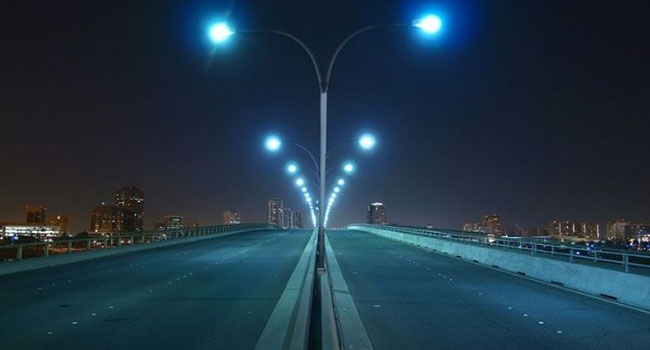
San Diego Police Expand Use of Streetlamp Camera System To Catch Violent Criminals
The department has used video footage from the 3,200-camera system in over 140 cases in the past year, calling the program “game changing.”
- By Haley Samsel
- Aug 14, 2019
San Diego’s government originally rolled out a massive streetlamp camera system in 2016 as part of a project to track the number of people going through busy intersections throughout the city. That purpose has now transformed, as the police department has begun to use footage from the 3,200-camera system to investigate violent crimes.
Just last summer, officers used streetlamp footage for the first time in an investigation of a violent fight that led to a man’s death, The San Diego Union-Tribune reported. Since then, video has been used in more than 140 police investigations, and that number is only increasing: The department says it views footage as frequently as 20 times a month.
“We’ve had a lot of success stories recently, a couple of convictions where people have actually seen the video through a defense attorney and they immediately took a guilty plea rather than go to trial,” Lt. Jeffrey Jordon, who oversees the program for the department, told the newspaper.
The footage has also helped exonerate suspects, leading police to drop murder charges after video showed that a suspect had acted in self defense against an attacker. While Jordon called the program “game changing,” the surveillance system has also been criticized for not being properly regulated and committing potential privacy violations.
Matt Cagle, a technology and civil liberties attorney with the American Civil Liberties Union, said there needs to be “meaningful oversight” and accountability measures in place for police use of streetlamp camera footage.
“Decisions about how to use surveillance technology should not be made unilaterally by law enforcement or another city agency,” he said.
As of now, about 100 investigative officers in the sex crimes, robbery, traffic, internal affairs and homicide units have direct access to the video footage. The department’s internal policy dictates that video should only be reviewed in connection with violent crimes and that officers outside of those units can only gain access if approved by a “designated authority,” the Union-Tribune reported. Footage on the cameras is deleted every five days if not downloaded by officers for investigations.
At a public meeting in June, Jordon told city council members that the camera system is a “reactive tool” that has been instrumental in dozens of cases, according to the Union-Tribune. He added that the cameras do not record private property or use facial recognition or license plate reading technology.
“We don’t have a room set up where anybody’s watching this,” Jordon said.
While other critics have wondered if the streetlamp camera system could be a primary target of a ransomware attack, local officials have shown no sign of slowing down on the system’s expansion. The city calls it the “world’s largest smart city platform” and plans to add about 1,000 cameras by next summer.
Read more: How can smart cities be protected from potential cyberattacks?
About the Author
Haley Samsel is an Associate Content Editor for the Infrastructure Solutions Group at 1105 Media.